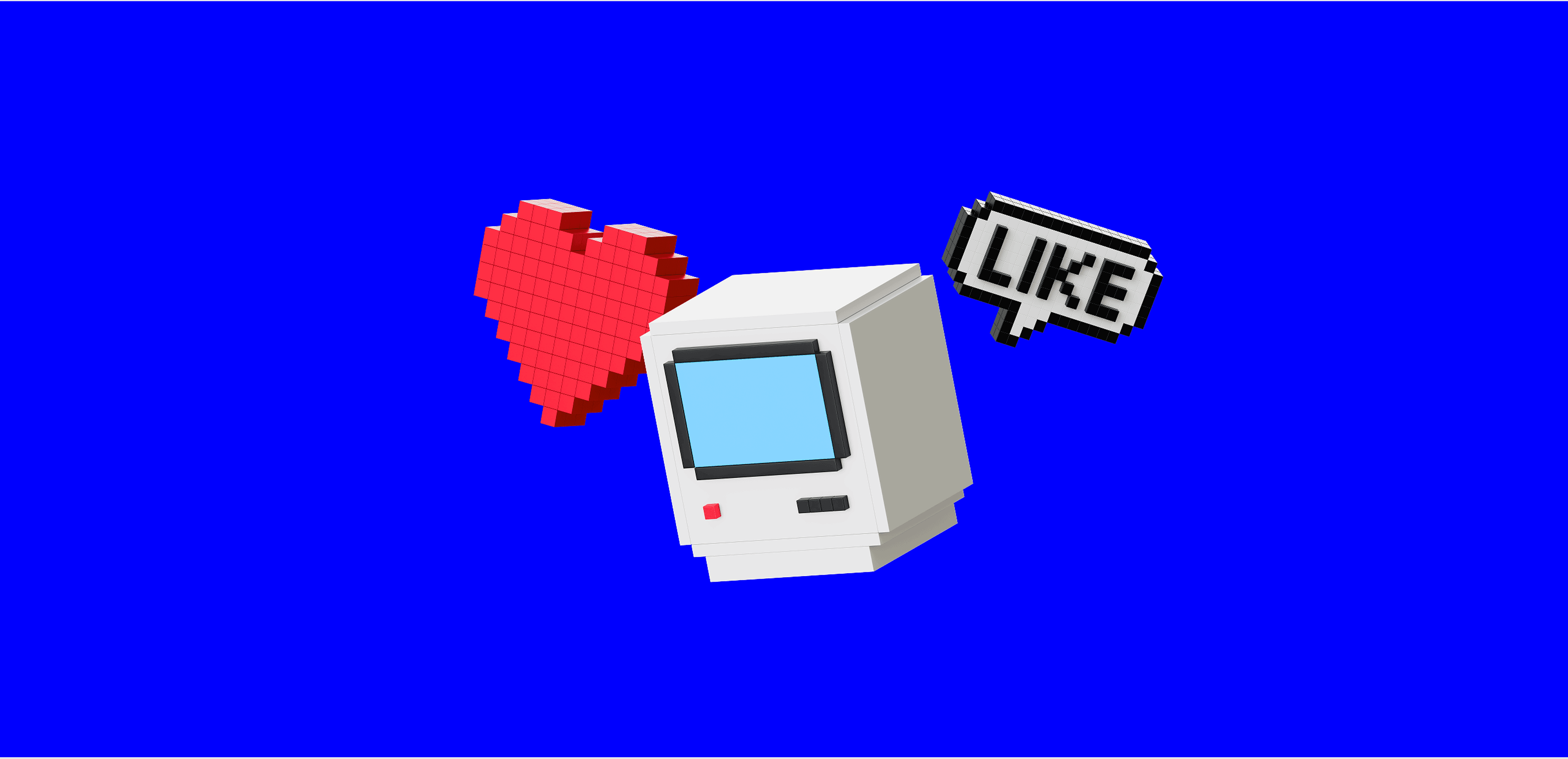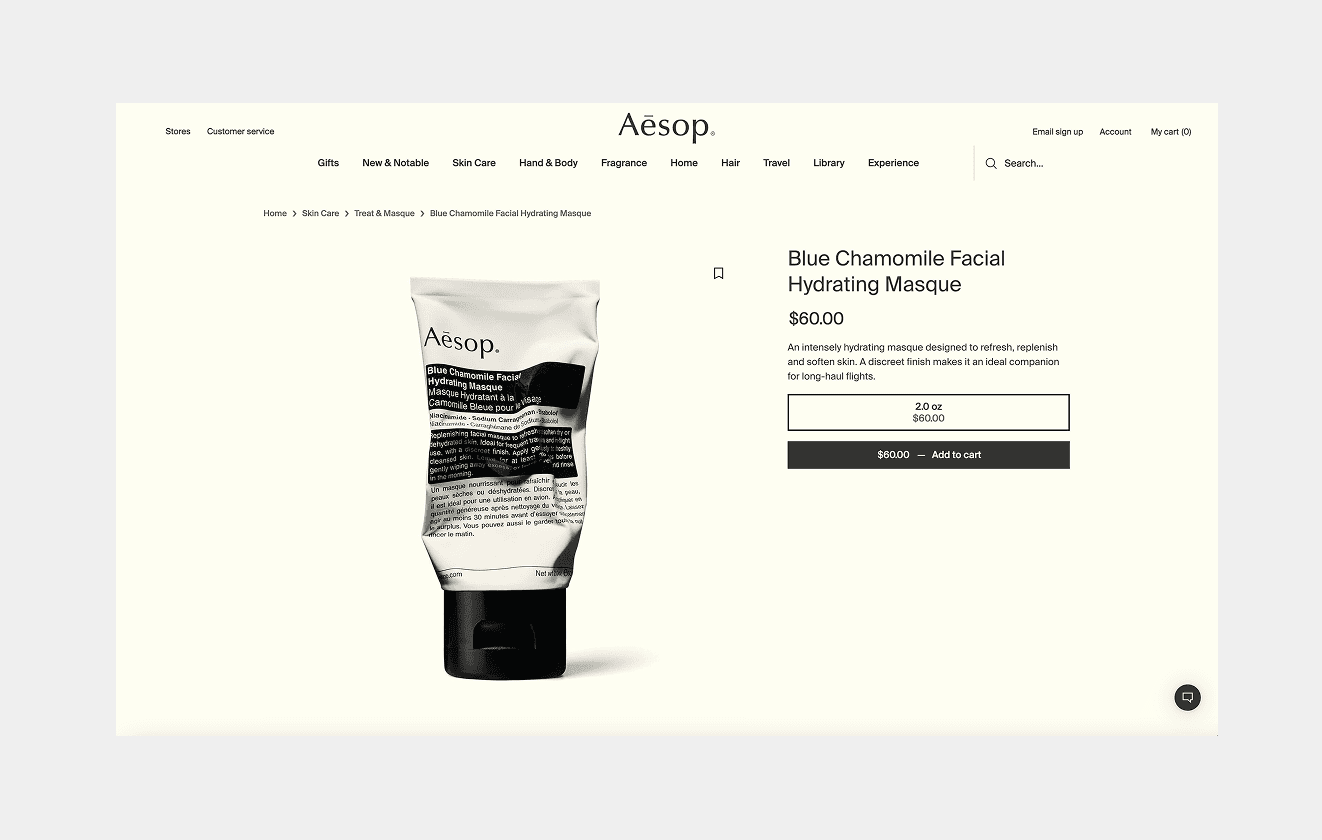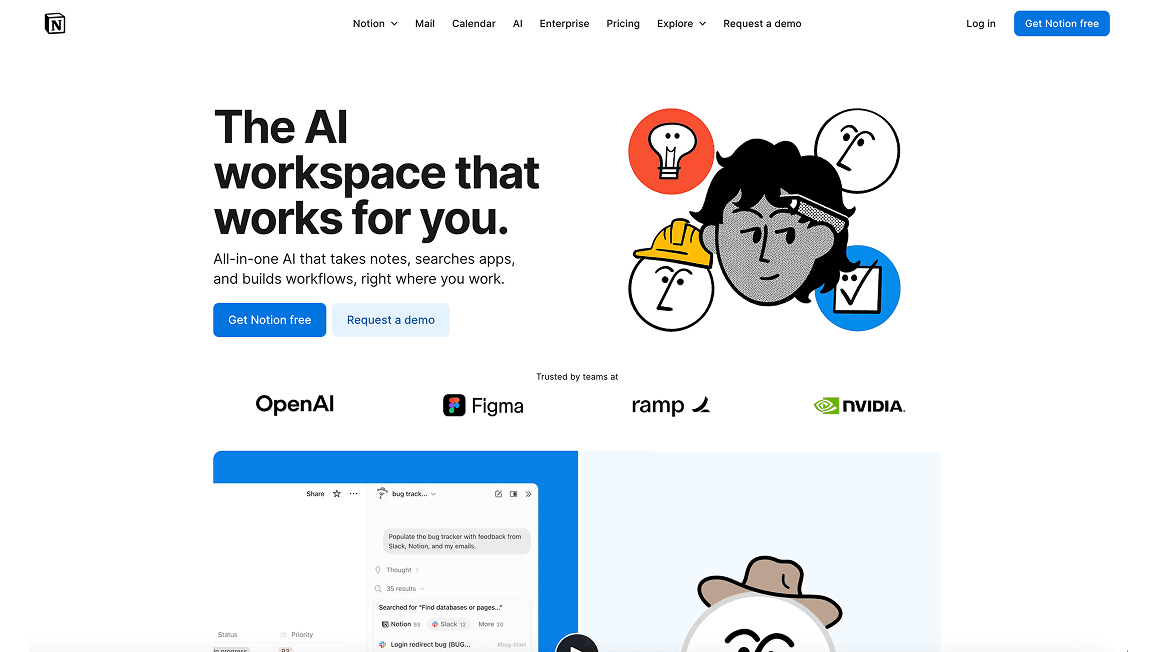Brand & Consumer Behavior Trends 2026: How People Connect with Brands in the Age of Meaning
The way people connect with brands has changed a lot. It’s no longer just about good-looking visuals or smart advertising. Now it’s about meaning. In 2026, people are drawn to brands that feel genuine, act with purpose, and tell real stories.
Here are some of the key shifts shaping brand relationships this year.

1. From Consumers to Participants
People don’t only want to buy things anymore. They want to be part of something. The best brands turn customers into collaborators: co-creators, supporters, and members of small communities.
When people contribute ideas or see their feedback reflected in real updates, it becomes ownership. Participation is the new loyalty. It also makes marketing easier, because your audience starts helping you shape and share the story.

LEGO Ideas
2. Authenticity Over Aesthetic
Perfection can feel distant. What wins in 2026 are human moments: a bit of texture, small imperfections, and honest behind-the-scenes glimpses that show how things are actually made and used. These details add warmth and make brands easier to trust.
A good example: Aesop’s product page shows a slightly creased, already-used tube. It’s simple, but it says “real people use this,” and that tiny cue makes the brand feel closer and more believable. We see the same thing in our own work at Wannathis - when the visuals feel honest, people trust the story faster.

Aesop
3. Values You Can See
Saying what you believe isn’t enough. You have to show it. Inclusive imagery, sustainable materials, and transparent production form a visual language of values. Even your layout choices and color decisions can reinforce what you stand for.
You don’t need a massive “we care” campaign. People can tell when a brand is genuine. The proof is in the visuals: how you present work, what stories you tell, and who is represented. When values show up quietly and consistently, people notice without feeling preached at.

Postevand
4. Storytelling as Identity
Strong brands don’t rely on one big campaign. They build a story that runs through everything: product shots, copy, layout, motion, even tiny UI choices. The details add up. When someone moves from your site to social to packaging, the tone still feels like you - consistent, personal, and easy to recognize.
Take Jacquemus. The brand keeps one voice everywhere: the site feels like a clean magazine spread (big editorial photos, lots of white space, sparse uppercase type) with simple navigation and minimal copy; motion stays quiet so images lead. Socials echo it with sun-lit shots, playful oversized props, quick clips, and short, matter-of-fact captions. Different formats, same personality - instantly recognizable.

Jacquemus
5. Human Tone, Always
Even tech-focused brands now sound more human. The tone is simpler, warmer, and easier to relate to. Clear language saves time for both sides and makes you feel approachable.
People want to be spoken to, not at. Clarity and warmth beat jargon every time. If a sentence sounds like a press release, rewrite it the way you’d say it in a meeting.
A clean example is Notion. Most messages feel like a friendly tip, not a lecture. Tooltips and guides use plain words, the tutorials read like a teammate walking you through a task, and explanations stay clear even when the topic is technical. That mix of clarity and warmth is what builds trust.

Notion
6. Community as the New Platform
Communities are replacing audiences. People are gathering in smaller, closer spaces like the Figma Community, Discord servers, and other niche groups. These are places where conversations can actually happen, not just impressions.
These micro-communities build trust faster and stronger than large, faceless feeds. It’s not about size, it’s about closeness. When you show up consistently and listen, members start advocating for you without being asked.
P.S. We’re actually part of that world too. Our Figma plugin is in the Figma Community if you want to give it a try.

Figma Community
Wrap-Up
2026 is the year brands feel human again. It’s about honesty, participation, and shared values, not performance. The brands that stand out won’t be the ones that look perfect but the ones that feel real. Show what you care about, invite people in, and keep the tone warm.
Connection beats polish every time. When people feel included in the story, they stick around.
















